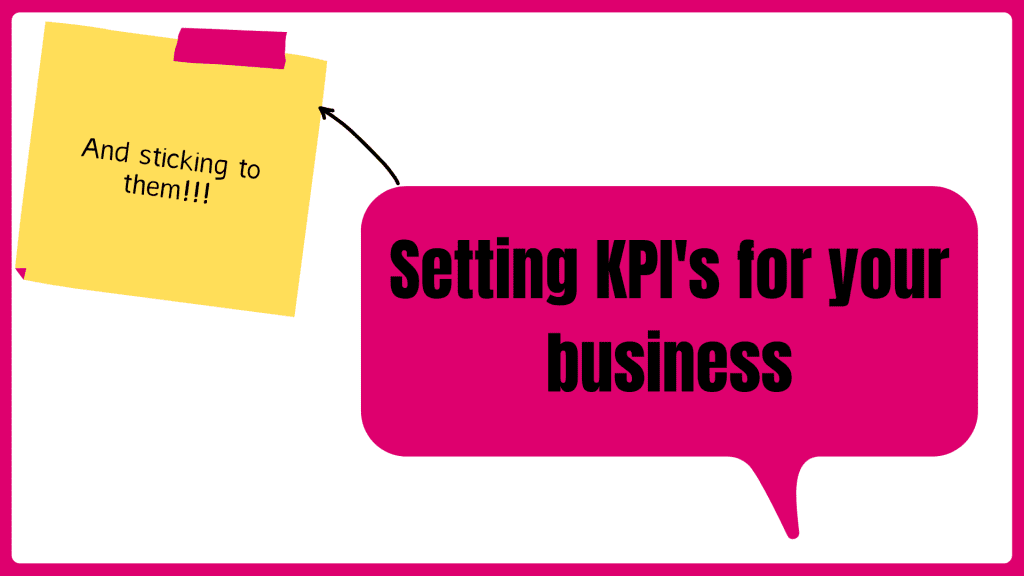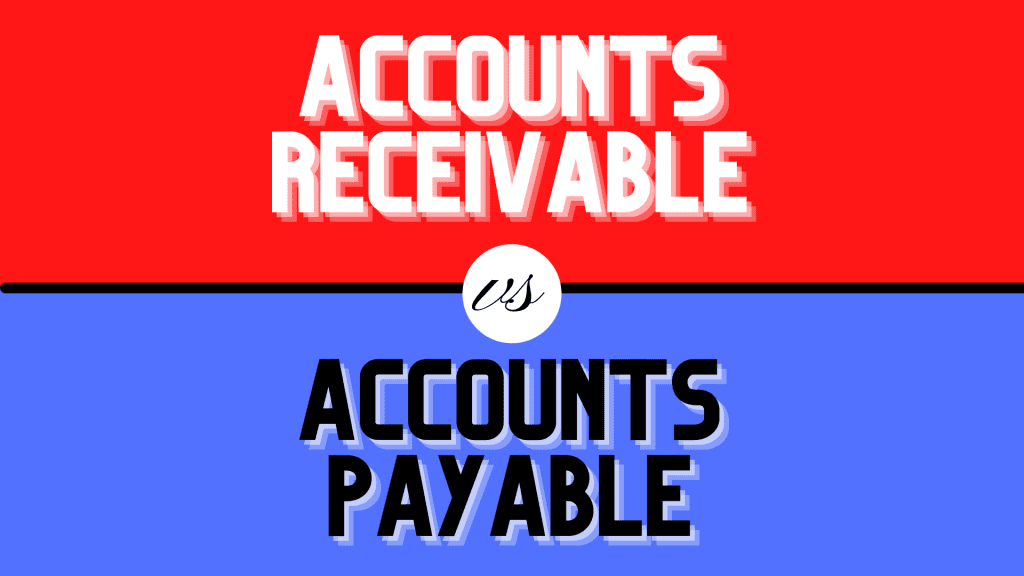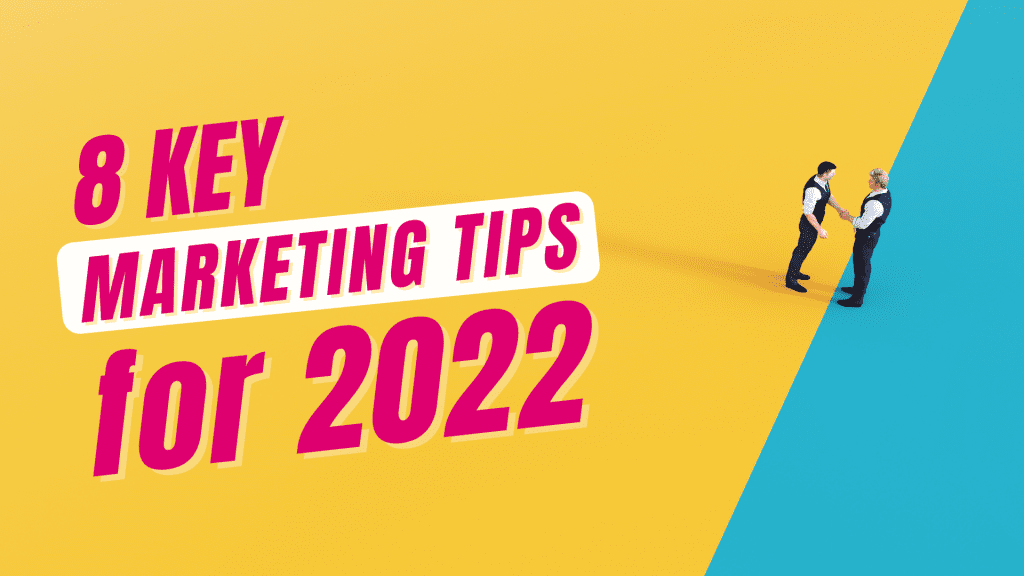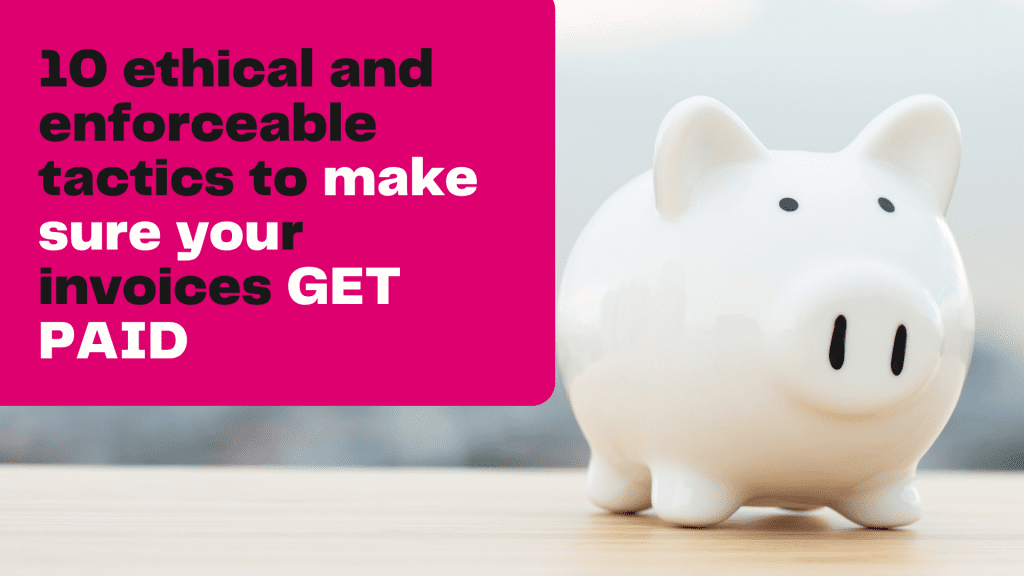
KPIs (Key Performance Indicators) are metrics that tell you if what you’re doing is working or not. As you can…

KPIs (Key Performance Indicators) are metrics that tell you if what you’re doing is working or not. As you can…

Self-employment can be a great option for people who want to spend more time with their family or want the…

I heard this saying recently, “you get the clients you deserve.” At first, I wasn’t sure what it meant so…

You can only manage your finances effectively if you know certain numbers and, as we all know, credit control leads…

Embracing change is the secret to business growth. It allows us to learn how to do things better and adapt…

Marketing today looks vastly different from that of ten years ago. Gone are the days where paid ads, membership of…

In today’s competitive business world, it is not uncommon for people to do their own bookkeeping and accounting. There are…

Wouldn’t life be simple if you could guarantee that your invoice would get paid on time every time? Sadly, this…

Many people find it hard to return to work after the long Christmas and New Year slowdown, but the pandemic…

HMRC rules currently allow employers to spend up to £150 tax-free per employee per tax year, on events such as…